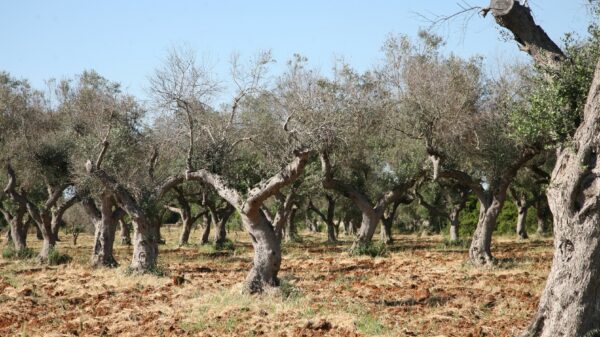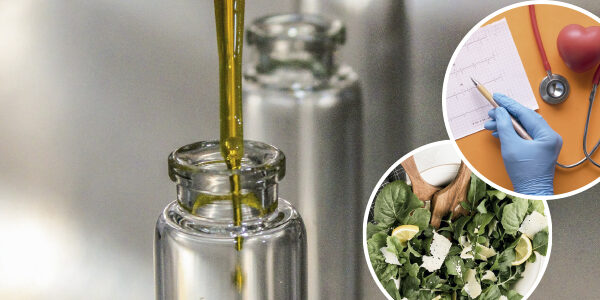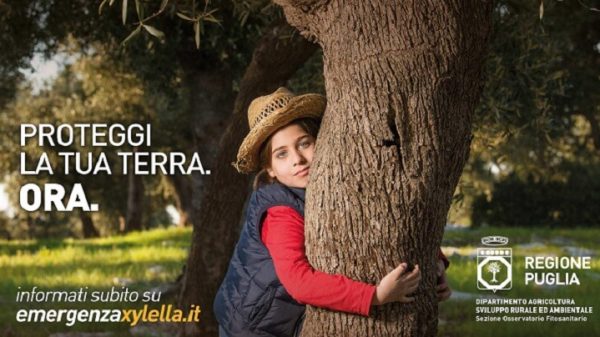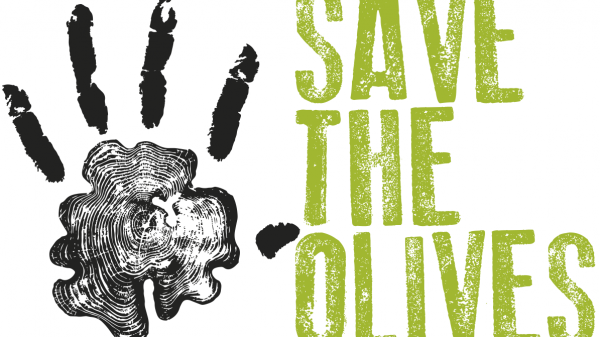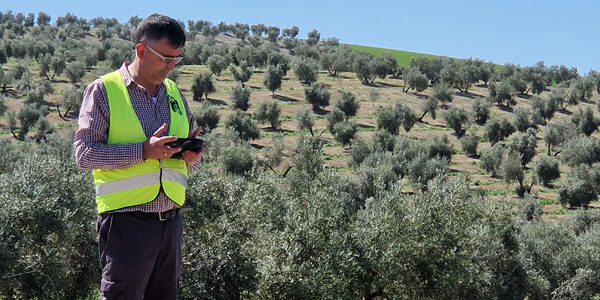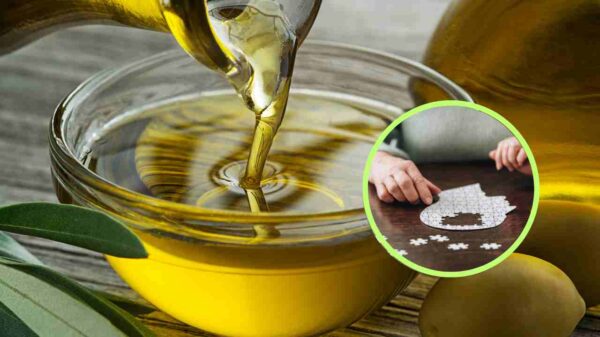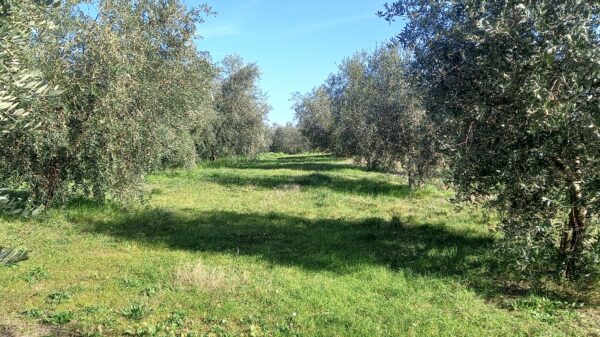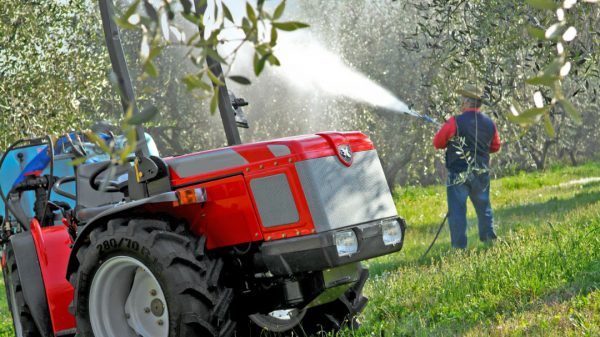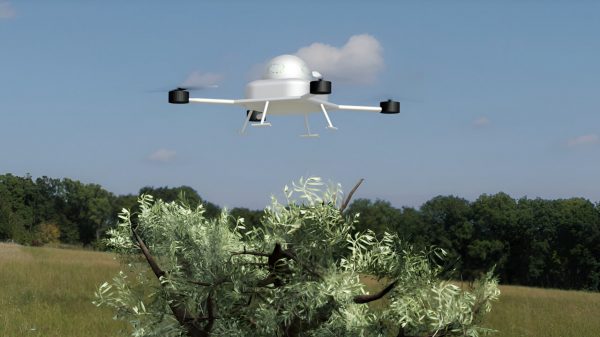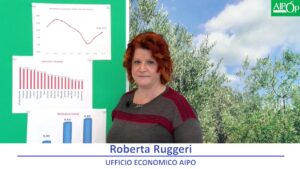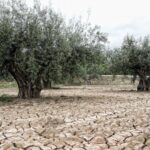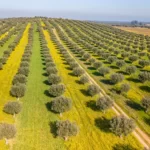La sustainable management of an olive grove – through spontaneous grassing, shredding of pruning material and mulching (the shredding of cut grass) – guarantees an increase in soil organic matter, both in terms of total organic carbon and humic carbon, compared to that produced by conventionally managed land, i.e. carried out with superficial workings and removal of the pruning material. Not only that, the widespread practice of tillage as an arid farming technique modifies the structure of the soil, reducing its capacity to accept rainfall and effectively hindering the formation of an adequate water reserve.
These are the results of a study conducted by researchers of the research center for agrobiology and pedology (Cra-Abp) of Florence and of the University of Basilicata in an olive grove located in the countryside of Ferrandina (Mt) made up of mature dual purpose olive trees (Maiatica cultivar), bred pot-shaped and with a planting space of approximately 8x8.
Here they have been compared two management systems: one corporate, with processing at 10 cm with a milling machine, intense pruning every two or more years and pruning material taken away; the other planet, with spontaneous grassing, at least two mowings a year, and pruning material chopped and left in the field, with the addition of a light annual pruning. In the three years of experimentation the results have been confirmed the positive effect of grassing compared to tillage on the accumulation of carbon in the soil.
From the macroporosity which, superior in business management to the more superficial state, gradually decreases drastically, falling below the limit of 5%, beyond which soil is defined as compact. Conversely, the macroporosity of the grassy soil, although not high, is homogeneously distributed along the entire profile.
This also has important implications on water movements: in the sustainable system the water infiltrates the ground and moves along the entire profile without encountering obstacles, on the contrary, in the corporate system, there is a lower capacity to accept rainfall, both in terms of infiltration due to the presence of superficial crusts, both in permeable terms along the profile due to the presence of a compact layer at the lower limit of the processing. This determines the triggering of soil degradation phenomena, such as channeled erosion, and the failure to accumulate water in the deeper states. The amount of water stored by the sustainable grassed system, in the first 2 meters of soil, is significantly higher: in particular, this system was able to store the autumn-winter precipitation waters in the deepest layers, i.e. from 100 to 200 cm which it becomes available for olive trees characterized by a deep root system, in the period of maximum water demand.
Browse for free l'Olivo News click , here
